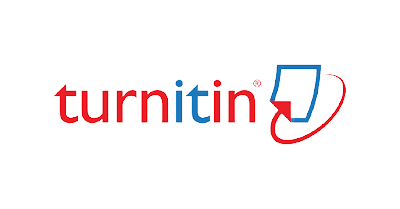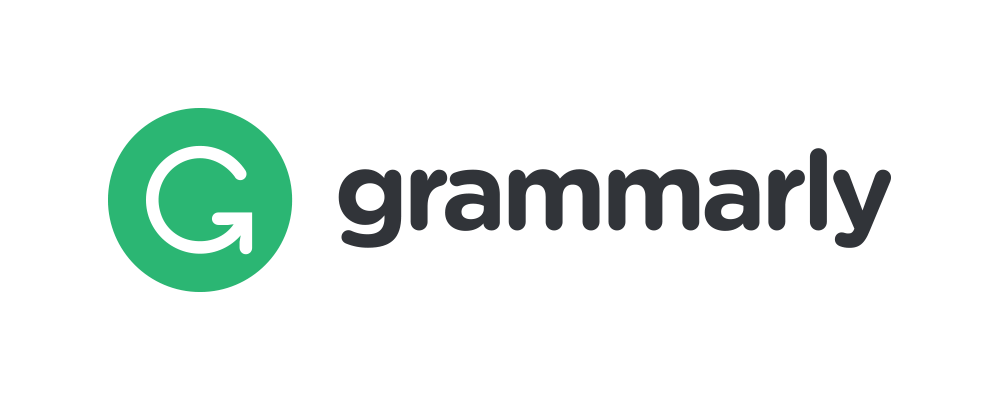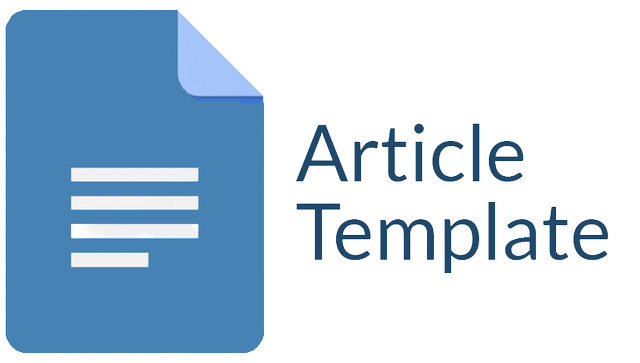DETEKSI HELMET DAN VEST KESELAMATAN SECARA REALTIME MENGGUNAKAN METODE YOLO BERBASIS WEB FLASK
Abstract
Menurut ILO, setiap tahun ada lebih dari 250 juta kecelakaan di tempat kerja. Penyebab kecelakaan sebanyak 80% dikarenakan kelalaian yang dilakukan oleh pekerja yaitu perilaku tidak aman seperti tidak memakai APD. Perlunya pengawasan terhadap pekerja merupakan hal penting dalam mengurangi kecelakaan kerja. Namun pengawasan tersebut masih manual, sehingga akan memakan waktu lama. Metode yang dapat digunakan untuk pengenalan objek pada citra helmet dan vest keselamatan adalah deeplearning. YOLOv2 merupakan salah satu model deep learning yang dapat digunakan untuk pengenalan objek. Mengingatnya permasalahan tersebut, maka perlu dibuat sistem deteksi helmet dan vest secara realtime berbasis web flask. Tahapan pada penelitian ini diantara lain data acquisition atau pengumpulan data citra. selanjutnya data exprolation atau anotasi data citra, selanjutnya dilakukan Modelling atau training data, dan proses terakhir yaitu deployment menggunakan flask. sistem yang telah dibuat berhasil mendeteksi tidak menggunakan helmet dan vest keselamatan dengan bounding box merah dan menggunakan helmet dan vest keselamatan dengan bounding box hijau dengan akurasi rata rata 81.60% dan memiliki nilai avg loss 0.173 dan nilai validasi mAP (mean Average Precision) 76.68%
Downloads
References
Azhar, Masruroh, S. U., Wardhani, L. K., & Okfalisa. (2019). Perbandingan Kinerja Algoritma Naive Bayes Dan K-Nn Pendekatan Lexicon Pada Analisis Sentimen Di Media. Prosiding Seminar Nasional Fisika Universitas Riau IV, September.
Baenil Huda, & Saepul Apriyanto. (2019). APLIKASI SISTEM INFORMASI LOWONGAN PEKERJAAN BERBASIS ANDROID DAN WEB MONITORING (Penelitian dilakukan di Kab. Karawang). BUANA ILMU, 4(1). https://doi.org/10.36805/bi.v4i1.808
Edigan, F. (2019). HUBUNGAN ANTARA PERILAKU KESELAMATAN KERJA TERHADAP PENGGUNAAN ALAT PELINDUNG DIRI (APD) PADA KARYAWAN PTSURYA AGROLIKA REKSA DI SEI. BASAU. JURNAL SAINTIS, 19(2). https://doi.org/10.25299/saintis.2019.vol19(2).3741
Fibrianda, M. F., & Bhawiyuga, A. (2018). Analisis Perbandingan Akurasi Deteksi Serangan Pada Jaringan Komputer Dengan Metode Naïve Bayes Dan Support Vector Machine (SVM). Jurnal Pengembangan Teknologi Informasi Dan Ilmu Komputer, II(9).
Heryadi, J., Safarudin, & Franca, M. L. (2021). Evaluasi Pelaksanaan Kesehatan dan Keselamatan Kerja (K3) dan Penggunaan Alat Pelindung Diri pada Karyawan PT.Semen Baturaja (Persero) Tbk. di Baturaja. Jurnal Kotamo, 1(21).
Heryawan, H., & Heryana, A. (2018). Analisis Penyebab Ketidakpatuhan Penggunaan APD pada pekerja Manual handling PT X Tahun 2018. Program Studi Kesehatan Masyarakat Universitas Esa Unggul.
Jatmiko, F., Setiyawan, H., & Atmojo, T. B. (2017). Hubungan antara Tingkat Pengetahuan dan Pengawasan terhadap Perilaku Pemakaian APD pada Pekerja Konstruksi PT Wika Beton Boyolali. Journal of Industrial Hygiene and Occupational Health, 2(1).
Jena, S. R., George, S. T., & Ponraj, D. N. (2021). Modeling an effectual multi-section You only look once for enhancing lung cancer prediction. International Journal of Imaging Systems and Technology, 31(4). https://doi.org/10.1002/ima.22584
Jupiyandi, S., Saniputra, F. R., Pratama, Y., Dharmawan, M. R., & Cholissodin, I. (2019). Pengembangan Deteksi Citra Mobil untuk Mengetahui Jumlah Tempat Parkir Menggunakan CUDA dan Modified YOLO. Jurnal Teknologi Informasi Dan Ilmu Komputer, 6(4). https://doi.org/10.25126/jtiik.2019641275
Li, X., Shi, B., Nie, T., Zhang, K., & Wang, W. (2021). Multi-object recognition method based on improved yolov2 model. Information Technology and Control, 50(1). https://doi.org/10.5755/J01.ITC.50.1.25094
Moselhi, O., Bardareh, H., & Zhu, Z. (2020). Automated data acquisition in construction with remote sensing technologies. Applied Sciences (Switzerland), 10(8). https://doi.org/10.3390/APP10082846
Samourkasidis, A., Papoutsoglou, E., & Athanasiadis, I. N. (2019). A template framework for environmental timeseries data acquisition. Environmental Modelling and Software, 117. https://doi.org/10.1016/j.envsoft.2018.10.009
Septianto, A., & Wardhani, A. R. (2020). PENERAPAN ANALISIS RESIKO TERHADAP KESEHATAN DAN KESELAMATAN KERJA(K3) PADA PT. X. JURNAL APLIKASI DAN INOVASI IPTEKS “SOLIDITAS” (J-SOLID), 3(1). https://doi.org/10.31328/js.v3i1.1385
Shintya, S. R., Gloria Purba, C. V., Gloria Purba, C. V., & Edigan, F. (2021). Analisis Penerapan Pertolongan Pertama Pada Kecelakaan (P3K) di PT. X. Media Kesmas (Public Health Media), 1(2). https://doi.org/10.25311/kesmas.vol1.iss2.65
Shrivastava, H. (2021). Symptomatic Assistance. International Journal for Research in Applied Science and Engineering Technology, 9(VII). https://doi.org/10.22214/ijraset.2021.37132
Tauzin, G., Lupo, U., Tunstall, L., Perez, J. B., Caorsi, M., Medina-Mardones, A. M., Dassatti, A., & Hess, K. (2021). giotto-tda: A topological data analysis toolkit for machine learning and data exploration. Journal of Machine Learning Research, 22.
Trismayanti, D., Muhammad Ikhtiar, & Andi Nurlinda. (2021). Hubungan Kemampuan Penanganan P3K oleh Karyawan Bagian Produksi dengan Kecelakaan Kerja di PT. Sermani Steel. Window of Public Health Journal. https://doi.org/10.33096/woph.v2i2.185
Widodo, B., Armanto, H. A., & Setyati, E. (2021). Deteksi Pemakaian Helm Proyek Dengan Metode Convolutional Neural Network. Journal of Intelligent System and Computation, 3(1). https://doi.org/10.52985/insyst.v3i1.157
Yang, Y., & Deng, H. (2020). Gc-yolov3: You only look once with global context block. Electronics (Switzerland), 9(8). https://doi.org/10.3390/electronics9081235
Yu, B., & Silva, C. T. (2020). FlowSense: A natural language interface for visual data exploration within a dataflow system. IEEE Transactions on Visualization and Computer Graphics, 26(1). https://doi.org/10.1109/TVCG.2019.2934668
Copyright (c) 2023 Muhammad Hatami, Tukino Tukino, Fitria Nurapriani, Widiyawati Widiyawati, Wresti Andriani

This work is licensed under a Creative Commons Attribution-ShareAlike 4.0 International License.
Jurnal allows anyone to compose, correct, and do derivative works, even for commercial purposes, as long as they credit for the original work. This license is the freest. It is recommended for maximum distribution and use of licensed material.
The submitted paper is assumed not to contain any proprietary materials that are not protected by patent rights or patent applications; The responsibility for technical content and protection of proprietary materials rests with the authors and their organizations and not the responsibility of journal or its editorial staff. The primary (first/appropriate) author is responsible for ensuring that the article has been viewed and approved by all other authors. The author's responsibility is to obtain all necessary copyright waivers to use any copyrighted material in the manuscript before submission.
Jurnal Pendidikan, Sains dan Teknologi allows the author(s) to hold the copyright without restrictions and allow the author(s) to retain publishing rights without restrictions. Jurnal Pendidikan, Sains dan Teknologi CC-BY-SA or an equivalent license as the optimal license for the publication, distribution, use, and reuse of scholarly work. Jurnal Pendidikan, Sains dan Teknologi allows the author(s) to hold the copyright without restrictions and allow the author(s) to retain publishing rights without restrictions. Jurnal Pendidikan, Sains dan Teknologi CC-BY-SA or an equivalent license as the optimal license for the publication, distribution, use, and reuse of scholarly work.
In developing strategy and setting priorities Jurnal Pendidikan, Sains dan Teknologi recognize that free access is better than priced access, libre access is better than free access, and libre under CC-BY-SA or the equivalent is better than libre under more restrictive open licenses. We should achieve what we can when we can. We should not delay achieving free in order to achieve libre, and we should not stop with free when we can achieve libre.
Jurnal Pendidikan, Sains dan Teknologi is licensed under a Creative Commons Attribution-ShareAlike 4.0 International License.
You are free to:
- Share a copy and redistribute the material in any medium or format
- Adapt a remix, transform, and build upon the material for any purpose, even commercially.
- The licensor cannot revoke these freedoms as long as you follow the license terms.






